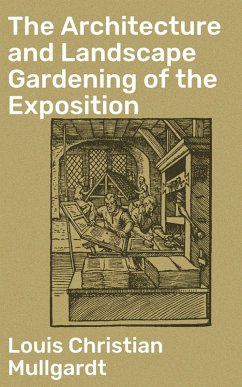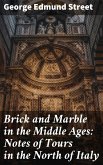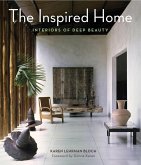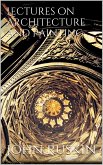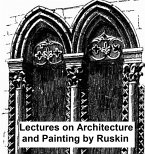In "The Architecture and Landscape Gardening of the Exposition," Louis Christian Mullgardt presents a meticulously crafted exploration of the aesthetic principles and design philosophies that defined early 20th-century American landscapes and architectural practices. This volume serves as a visual and intellectual testament to the transformative power of the 1915 Panama-Pacific International Exposition, enveloping readers in a rich tapestry of art and nature interwoven with innovative design. Mullgardt's vivid prose and evocative illustrations create a compelling narrative that situates the exposition within the broader context of the American Renaissance, reflecting the cultural aspirations and architectural advancements of the period. Louis Christian Mullgardt, an accomplished architect and landscape designer himself, was deeply influenced by his experiences in the burgeoning field of architecture during a time marked by rapid urbanization and artistic innovation. His firsthand insights into the interplay between landscape and structure, coupled with his academic background in the Arts and Crafts Movement, imbued this work with a unique understanding of how landscaping and architecture can unite to foster a more harmonious relationship with nature and humanity. Highly recommended for scholars, designers, and enthusiasts of architecture, "The Architecture and Landscape Gardening of the Exposition" not only elucidates the complexities of design but also invites readers to appreciate the cultural significance of these artistic expressions. This book stands as an essential resource for anyone interested in the evolution of American landscape architecture and the enduring legacy of the Panama-Pacific International Exposition. In this enriched edition, we have carefully created added value for your reading experience: - Hand-picked Memorable Quotes shine a spotlight on moments of literary brilliance. - Interactive footnotes clarify unusual references, historical allusions, and archaic phrases for an effortless, more informed read.
Dieser Download kann aus rechtlichen Gründen nur mit Rechnungsadresse in A, B, BG, CY, CZ, D, DK, EW, FIN, F, GR, H, IRL, I, LT, L, LR, M, NL, PL, P, R, S, SLO, SK ausgeliefert werden.

